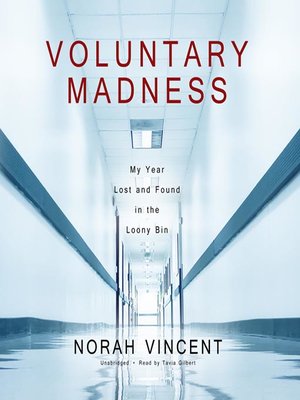

There is loads of clinical evidence to suggest a healthy physical lifestyle helps with mental health too, so these things should probably be the first things you put in. Not providing health meals, or a gym, is just stupid. There are some no-brainers that we should take away from the book. It would be interesting to read a similar book looking at British hospitals to compare the differences. However, the fact that her insurance company pulled the plug because she was allowed out for runs and not drugged up to the eyeballs speak quite poorly of the US system. It is difficult to compare the financial costs of them because they are all in the United States, where prices are warped by the insurance system where there is little incentive to keep costs down. Secondly, Mobius only take a select band of mental health issues, and so it is difficult to compare them like-for-like. Firstly, you have to look at clinical outcomes and Norah being a sample of one is merely an anecdote about her experience rather than data to draw any conclusions from. How much we can draw from this, I am not sure. Meriwether is a cold, clinical hellhole, St Luke’s is tolerable and Mobius comes off the best.

Not that there is necessarily a line between the two.

Staff at psychiatric hospital (or indeed anyone, but you would expect these people to be able to) cannot tell the difference between the sane and in the insane.

This is exactly the feature Daniel Kahneman talks about in Thinking, Fast and Slow. As she says, you can only look back and see the mental health problem. In the book she checks herself into three different hospitals – a downtown public one named Meriwether, a private Catholic facility named St Luke’s, and an alternative therapy centre named Mobius. The result is “Voluntary Madness: My Year Lost and Found in the Loony Bin”. So she checked herself into a psychiatric hospital, whereupon she got her next idea for a book. After writing her book Self-Made Man, Norah Vincent found herself struggling psychologically.


 0 kommentar(er)
0 kommentar(er)
